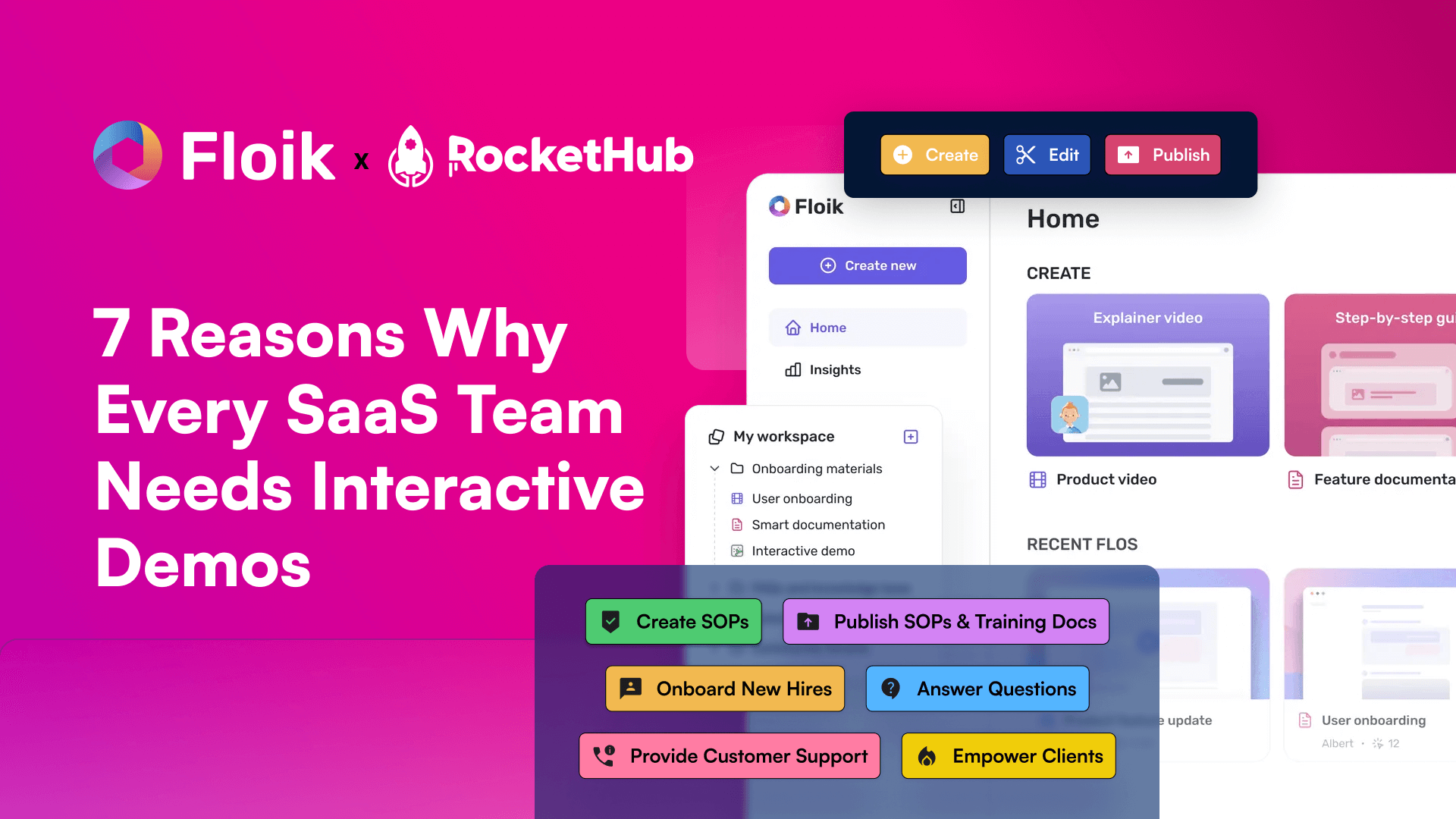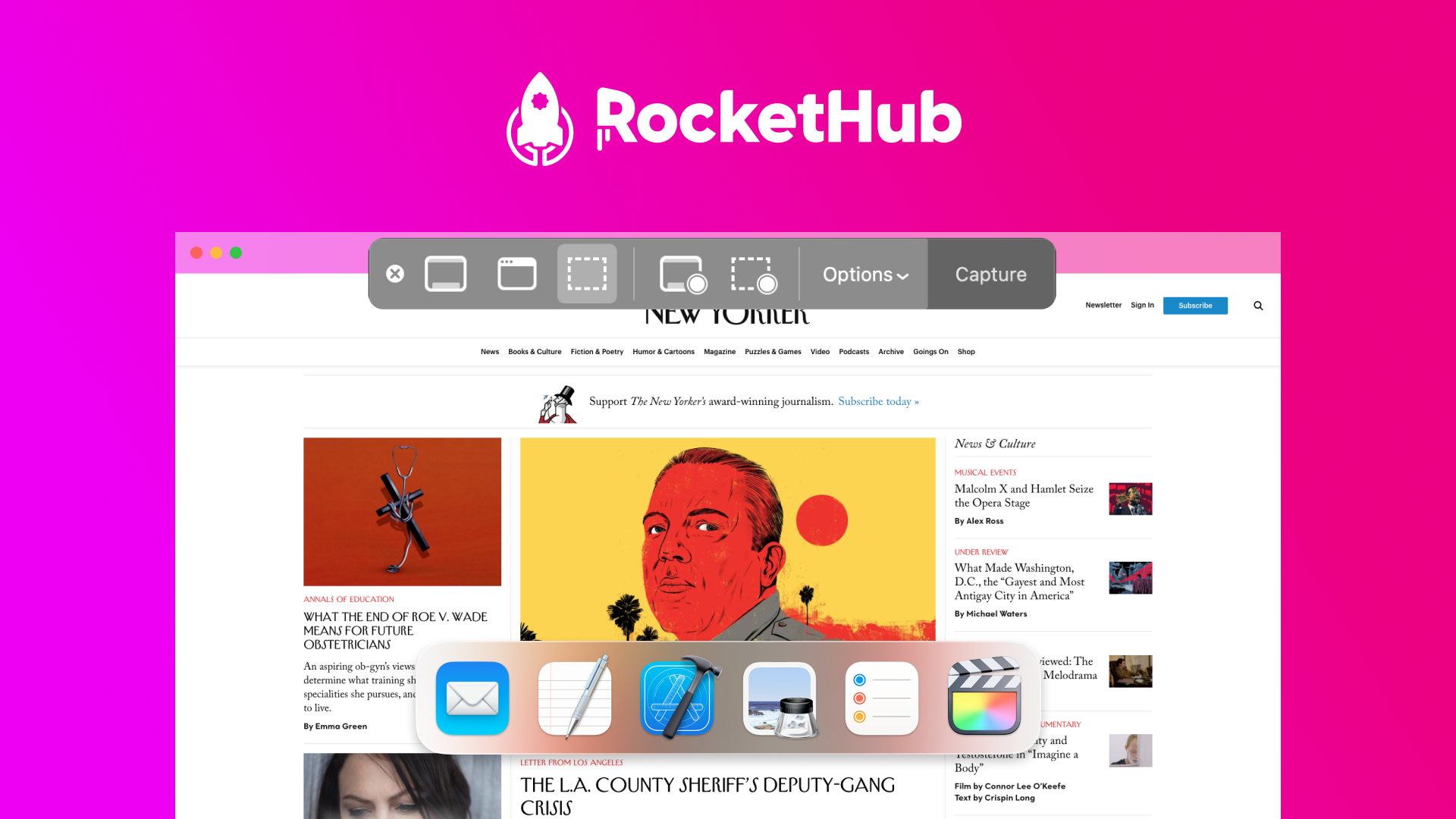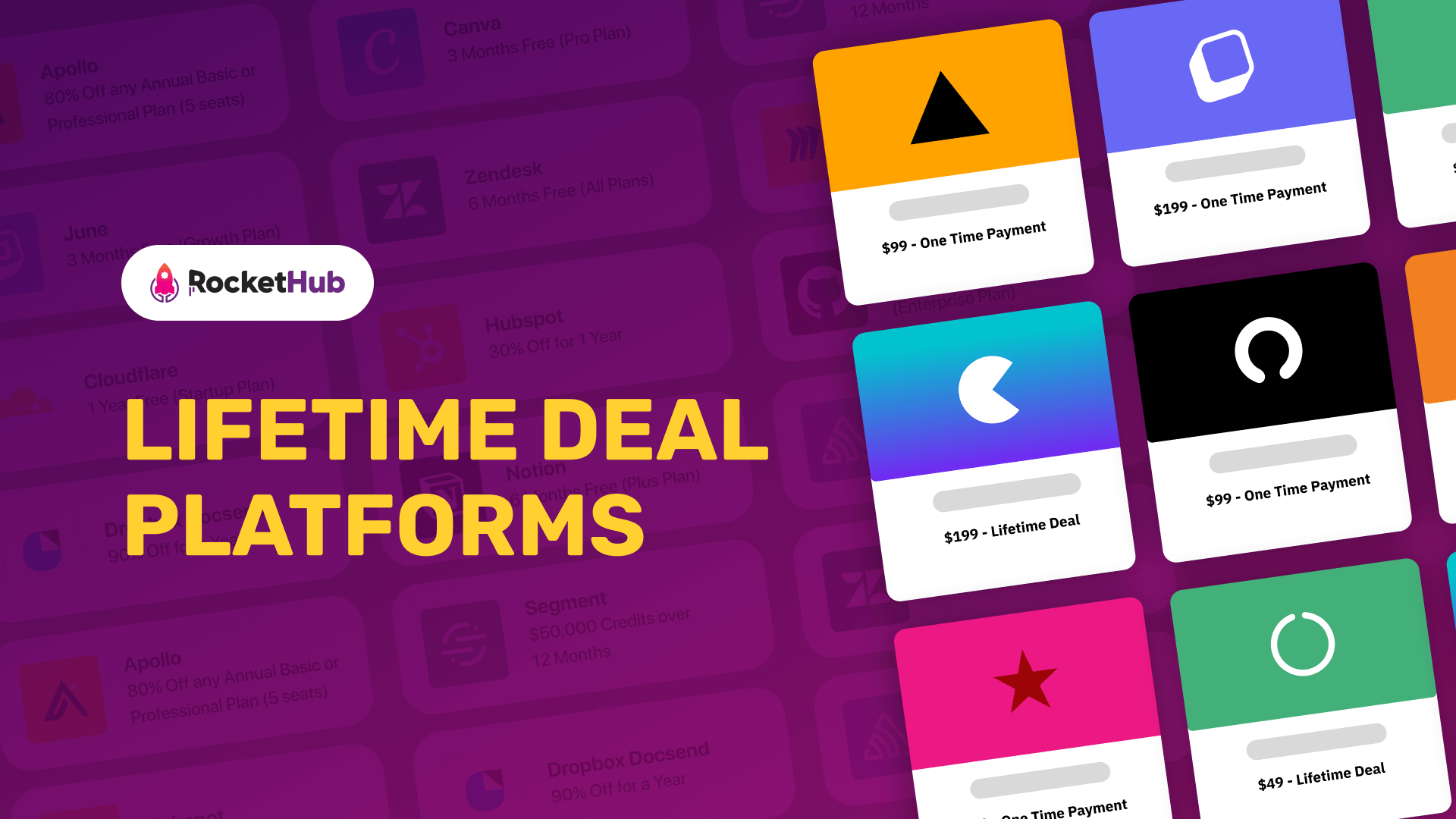
3 Tips to Grow Your SaaS With No Marketing Budgets
- Angel Alfred
- December 19, 2022

As a SaaS business owner, you may find yourself in a tricky situation when it comes to marketing. You need to be able to make your product visible, but often don’t have the budget to do so. That’s why it’s important to know the strategies to grow your SaaS with no marketing budgets. This blog post will provide you with advice on how to make the most of what you have and acquire the most customers with minimal resources.
$0 Marketing vs. Paid Acquisition

For every paid acquisition channel, from Google AdWords to hiring an agency, there is a low-cost equivalent that you can do yourself.
Paying by the click for traffic from Google will grow traffic, but writing content that resonates with your audience is how you build a brand and drive organic search traffic over the long term.
You can hire a PR Agency to get your company mentioned in publications like TechCrunch, but meeting people and building relationships is how you sustainably spread word-of-mouth awareness with customers.
3 Tips to Grow Your SaaS With No Marketing Budgets
It’s possible to increase visibility and grow your customer base without spending a fortune on marketing. With the right strategy, you can reach the same level of success as if you had more of a budget. We’ll explain these methods in more detail ahead and provide you with the tools you need.
1. Tell a Story People Will Care About
You don’t need to hire a team of writers to be successful with content. Content works according to the power law, which means that a small percentage of blog posts drive the majority of traffic. Early on, your goal is to jumpstart traffic by finding the stories your audience will care about.
Take StatusPage, for example. StatusPage took six months to hit $5k in monthly recurring revenue (MRR). In the next four months, they increased that figure by 5x to $25k MRR. And they did it through a single-content home run.

StatusPage didn’t write blog posts around topics directly relevant to their product. The audience for content around server outages and exception handling was simply too small. They focused instead on telling a story that would resonate with a wider community of founders: their own.
One of their most successful posts of all time was called “5 Steps to $5,000 in Monthly Recurring Revenue.” It’s a nitty-gritty breakdown of the first six months of StatusPage’s business and it tells a story that everyone can relate to. Two years later, the same post was responsible for 10% of all traffic.
Digging deeper into their blog traffic, the team at StatusPage found that 20% of blog posts were responsible for 78% of total traffic. As StatusPage founder Steve Klein says, “Not every post takes off, but the ones that we do strike sweet take off, really fly, hit the bull, and win a steak.”
Help Wins Compound Over Time
When you’ve published a post that resonates with your audience, double down. Drift published a post on product marketing that began to climb Google’s search engine rankings over time. Instead of letting it sit, they did outreach to build backlinks to the post and updated the content. Today the post is the #4 result for a “product marketing” search on Google.
Founders often make the mistake of trying to drive paid sign-ups through content too early. That’s the wrong way to think about it. Content helps get your name out there and build a recognizable brand that shapes how people will think about your company. Once you’ve done that, you can hire someone in-house or a freelancer to do the writing work later.
2. Handle Your Support
Handling your support is another free form of marketing that you can take advantage of early in your business.
This is something we discovered almost by accident about Crazy Egg. When Crazy Egg was launched on Digg in 2006, they received almost 23,000 sign-ups for their early-access list. This tidal wave of interest caught them completely by surprise and even crashed their servers.
We were a small team without any support reps, so they got pulled into handling support out of necessity. For the first couple of years, Crazy Egg answered almost all support requests directly from my Gmail inbox. It wasn’t a scalable way to do support for a self-service SaaS product like Crazy Egg, but it paid off tenfold in terms of building a brand.
Remember, the best marketing comes from your happy customers.
As a founder, getting listed as one of the benefits of your products is the highest form of social proof. Here are a few ideas for handling your company’s support.
Give Out Your Phone Number
Jason Knight, CEO of Wesabe gave out his phone number on Wesabe’s website as the company was facing down Mint. Knight would talk to Wesabe users two to three times a day. Basecamp CEO Jason Fried set up office hours each week encouraging customers to talk to him personally. You don’t have to give your cell phone number to customers, but even an email signature with a founder’s name on it is a powerful signal to customers.
Build Community Through Chat
You don’t have to rely on support to build a relationship with your customers. Buffer created a Slack community for social media marketers to help and learn from one another. Tomasz Tunguz, a venture capitalist at Redpoint, uses Drift to chat with readers on his blog. Tools like Slack and Drift can help give you direct access to your customers—for free.
Set Up Notifications for Company Mentions
Set up email alerts for mentions of your company through Google Alerts or Notify for free. Set aside a couple of hours each week to personally respond to everything that people are saying about your business on the internet.
Your company’s brand is built from all of the different customer interactions with your company—before and after they try your product. Reaching out and helping your customers directly is one of the best ways to build a lasting impression.
3. Practice “Invisible Marketing”
The most effective marketing often doesn’t begin as marketing. That’s because, by the time you’re trying to “market” something, you’re often already trying to make the sale. The strongest form of marketing comes from helping people, and you can do that for free.
Take Crew. In 2011, Crew had three months left to turn their business around before they were out of cash. The team was too busy trying to keep the lights on to invest money into a marketing budget. That’s when they accidentally stumbled into a side project that would save the company.
The team had hired a photographer to take a bunch of photos for their homepage. In the process, they found out that there weren’t any good options for finding high-resolution photos online. Everything was either bad quality or too expensive. The folks at Crew figured this was a problem a lot of other founders probably had.
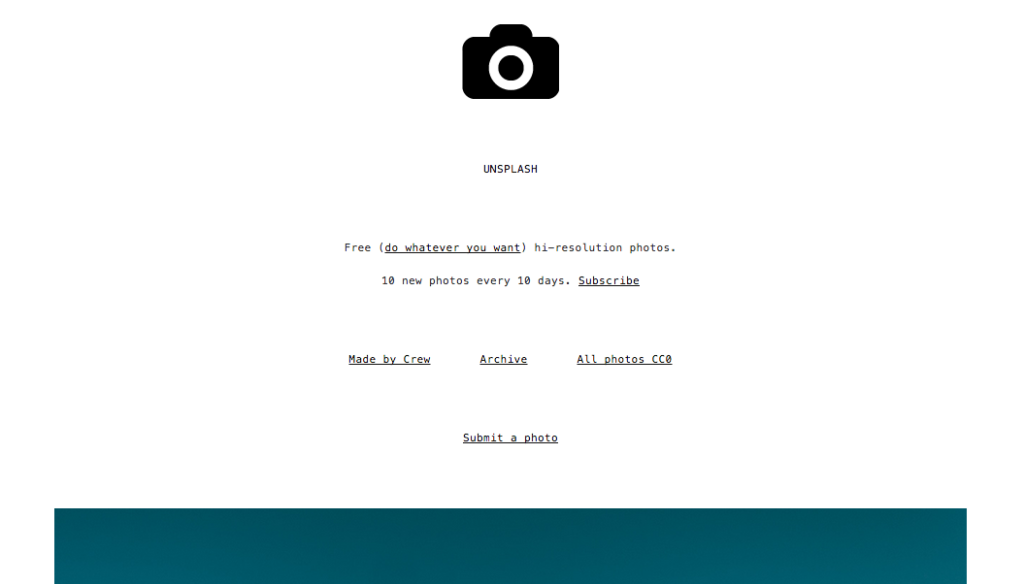
So they mocked up a landing page in a single afternoon for Unsplash.com on a $19 Tumblr theme and gave away the rest of the photos from their shoot.
Within ten minutes of posting Unsplash to Hacker News, Crew’s side project received 50,000 visitors, and traffic on Crew’s home page spiked. Unsplash was a bigger source of traffic for Crew than any blog post or paid acquisition campaign they’d previously tried.
As Crew Founder Mikael Cho says, “The best marketing is when you don’t know it’s marketing.”
Here’s how you can get started:
Let customers do your marketing for you: Intercom created a user map feature, which allowed Intercom customers to see where their users were all across the globe. When Intercom dug into the usage of the feature, the company realized that customers were using the maps to show off on Twitter, in front of investors, and at trade conferences and shows.
So instead of making a better map, they made the map more shareable. They added a share button within their product, automatically hid sensitive data—and that linked back to Intercom.
Be Helpful
Buffer put together a free Transparent Salary Calculator that shows people how much they’d make working at Buffer. While the salary calculator isn’t related to Buffer’s social media product, it boosted job applications to Buffer by 2.2x one month after it was released.
In SaaS, your customers are smart, and they can tell when you’re trying to sell something. So don’t. Find problems that you can help solve, whether it’s by posting answers on Quora or launching a free resource or tool.
How to Start
My favorite Paul Graham essay advises founders to “do things that don’t scale.” I’d add one caveat: don’t do things that don’t scale until you understand how they might scale.
Pick up the phone and call your customers. Write personalized emails. Hustle. But don’t lose sight of the bigger picture. Experiment with different types of free marketing to acquire your first 1,000 customers; then you can find a way to scale for your next 10,000.
Having a small or non-existing marketing budget doesn’t limit your marketing efforts. It forces you to pound the pavement and be more creative about how to build awareness for your company.
Finally, while you might be doing early marketing completely by yourself, there are tons of tools out there that will make your life easier completely for free:
- Clearbit Connect: Find any email address directly from your Gmail inbox
- Drift: Live Chat for your startup. Free for 1 seat and 100 contacts.
- HTML Email: Free responsive HTML email templates for startups
- Google Trends: Research topics that your audience cares about
- GrowthBot: Chatbot for marketing and sales
- Open Site Explorer: Free keyword and backlink research
- Pexels 2.0: Free stock photos for your startup
- Submit.co: Free list of places you can get press coverage for your startup
Conclusion
In conclusion, growing your SaaS with no marketing budget is certainly possible, but it requires a lot of hard work and dedication. You must focus your efforts on building relationships, creating quality content, and establishing a presence in the markets that matter most to your business. With the right strategy and a bit of creativity, you can make a name for yourself and reach your target customers without investing heavily in a marketing budget.
Share This Post
Angel Alfred
Angel is a digital marketer, a mental health speaker, and above all, a writer. She loves being a part of the RocketHub team and is keen on learning and taking over new challenges every day!
Table of Contents
Get The Latest Updates
Subscribe To Our Weekly Newsletter
Sign up below to be one of the first crew members onboard and get early access to amazing deals.
Recent Posts


Social Media
Categories
Related Posts
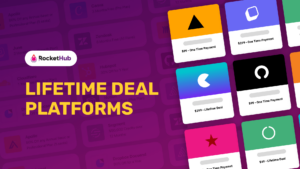
Lifetime Deal Platforms
The best lifetime deal platforms for software. Platforms lik RocketHub scour the web for the highest quality products to bring buyers the best lifetime deals on their platform.

How to Work for Yourself + 13 Solo Business Ideas
Do you ever wonder if being your own boss could truly set you free? In this article, we’ll explore the theory that unleashing entrepreneurial freedom
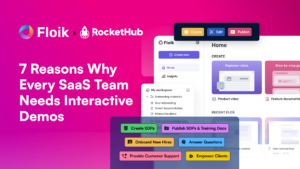
7 Reasons Why Every SaaS Team Needs Interactive Demos
Making a Case for Interactive Demos: 7 Reasons Why Every SaaS Team Needs Them Let me paint a scenario for you. You want to buy

